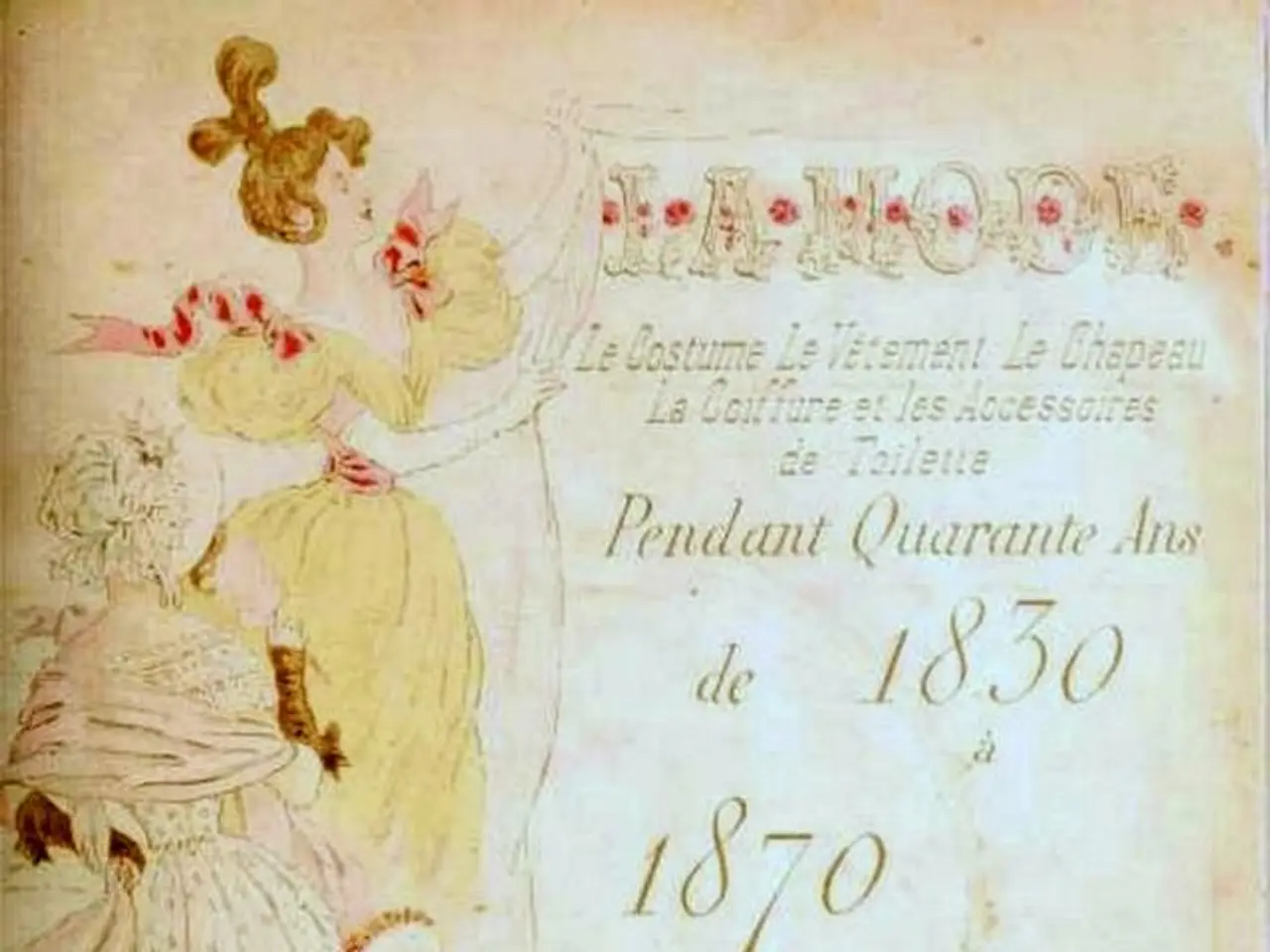Top 10 Remarkable Insights into the World of Playing Cards
A Brief History of the Standard 52-Card Deck and Its Significance
The standard 52-card deck, composed of four suits (hearts, diamonds, clubs, spades) with 13 cards each (Ace to King), is a versatile tool that has become the most common and widely used pack of cards worldwide.
This deck's origins can be traced back to European card traditions, evolving from earlier systems like tarot. In the 15th century, tarot cards, with 78 cards, were developed in Italy. However, the more streamlined 52-card format emerged as playing cards spread across Europe and were adapted for gambling and gaming purposes, thanks to their practicality and ease of use. English-speaking countries eventually adopted the 52-card French deck as the standard.
The structure of the 52-card deck allows for a rich variety of games, with a clear ranking and classification system. Its composition, four suits × 13 cards per suit, provides a balance between suit variety and numerical hierarchy. This design, combined with its historical evolution and global standardization, has made the 52-card deck the dominant choice for recreational card play worldwide.
The French-suited 52-card deck's popularity can be attributed to its standardization and wide manufacturing, particularly in English-speaking countries and parts of Europe. Over time, it became the most common recreational card pack worldwide.
In addition to its practical use, the 52-card deck has a rich cultural history. For instance, the iconic Bicycle brand, produced by the United States Playing Card Company (USPCC), has a history of being used in extraordinary ways, such as helping American prisoners escape during World War II.
Moreover, historical decks of cards are highly sought after by collectors. Yale University has a card database and holds centuries-old decks of cards. The Mamluk pack of cards at Topkapu Museum in Istanbul is another competing contender for the title of the oldest and rarest deck. In 2002, the Metropolitan Museum of Art acquired a deck of cards for $143,000, which was previously sold for $2,800 in the 1970s.
While the Belgian company Cartamundi claims to be the largest card manufacturer in the world, the USPCC remains the top choice for many casinos due to the durability and security features of their casino cards, which are made of 100% plastic and have numerous security measures in place, such as larger symbols, plastic material, and being signed-off by pit bosses and dealers before being reshuffled.
In a modern twist, a woman is leading the way with the first ever gender-neutral playing cards, challenging traditional norms and offering a more inclusive option for card games.
In conclusion, the 52-card deck's significance lies in its functional design and historical diffusion rooted in European card traditions. Its global popularity stems from cultural spread, manufacturing standardization, and game diversity supported by its size and suit/rank system.
The standard 52-card deck, famous worldwide, is not just a tool for recreational card play but also a cultural artifact with a rich history. The deck's evolution can be traced back to tarot cards in Italy, but the more streamlined 52-card format emerged due to its practicality and ease of use for gambling and gaming purposes.
The 52-card deck's influence extends beyond traditional games, as seen in the first ever gender-neutral playing cards, led by a woman who seeks to challenge traditional norms and offer a more inclusive option for card games.
Historical decks of cards are highly sought after by collectors, with Yale University housing centuries-old decks and the Mamluk pack of cards at Topkapu Museum being another contender for the title of the oldest and rarest deck. The Metropolitan Museum of Art acquired a historically significant deck for $143,000 in 2002, previously sold for $2,800 in the 1970s.
In the realm of casinos, the USPCC remains the top choice due to the durability and security features of their casino cards, made from 100% plastic and equipped with numerous security measures like larger symbols, plastic material, and a signature by pit bosses and dealers.
While the 52-card deck's origins can be traced to European card traditions, its significance today extends to various lifestyle topics such as fashion-and-beauty, food-and-drink, home-and-garden, travel, entertainment, general news, sports, education-and-self-development, casino-and-gambling, and blog posts discussing its history and impact.
The Belgian company Cartamundi claims to be the largest card manufacturer in the world, but the USPCC's products continue to have a global influence, reminding us of the 52-card deck's versatility, lasting significance, and continuing cultural relevance.




